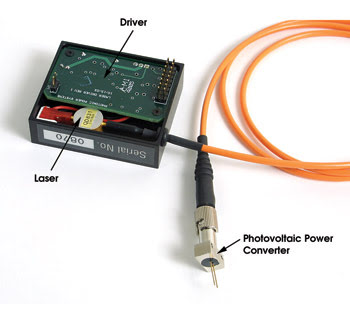
To accurately locate QDs on the micro-LED array, the aerosol jet (AJ) technique was used as the key technology to realize such a QD-LED display. Our previous research demonstrated a QD microdisplay with over 80% of the color gamut of Rec. A new color triangle was devised to strictly define the color gamut standard, which is called Rec. Color gamut was an evaluation metric, which was determined by the maximum colors in the display. Use of a photoluminescence (PL) QDs display can replace the color filters and with a very large color gamut (1.52 times that of NTSC 1976). In common, the light utilization efficiency of the LCD display system is caused mostly by the loss by the LCD backlight system. In our previous research, a full-color emitting panel is achieved by combining RGB QDs with micro-UV micro-LEDs of 35 μm × 35 μm pixel size and in 128 × 128 arrays. QDs have attracted much attention, particularly because of the large-area color gamut than can be achieved with their narrow linewidths. Such an issue can be overcome by using an alternative emitting source of colloidal quantum dots (QDs) and exciting the QDs optically by the LEDs. However, in order to achieve the full-color display, red–green–blue (RGB) light-emitting units should be distributed on the same panel, which is difficult to realize by epitaxial or fabrication effort. By fabricating the micro-LEDs into an array, they can function as a high-brightness, high-quality BLU in an LCD display. Furthermore, micro-LEDs with micrometer-scale ( < 100 μm) sizes have different properties from the large-scale (scale of a few hundred micrometers) LEDs, such as high current density operation and thus high optical power density. INTRODUCTIONĪs a low-power-consumption, low-cost, and highly luminous light source, gallium-nitride-based light-emitting diodes (LEDs) have attracted much attention, where applications include visible light communications, vehicle headlights, and backlight units (BLU) in liquid crystal displays (LCDs). The enhanced light emission of the QDs is 5%, 32%, and 23% for blue, green, and red QDs, respectively. A distributed Bragg reflector is covered on the micro-LED array and the QDs’ jetted mold to further increase the reuse of UV light. The cross-talk effect of the well-confined QDs in the window is confirmed by a fluorescence microscope, which shows clear separation between QD pixels. To reduce the optical cross-talk effect, a simple lithography method and photoresist are used to fabricate the mold, which consists of a window for QD jetting and a blocking wall for cross-talk reduction. The aerosol jet technique provides a narrow linewidth on the micrometer scale for a precise jet of QDs on the micro-LEDs. The UV micro-LED array is used as an efficient excitation source for the QDs. In this study, a full-color emission red–green–blue (RGB) quantum-dot (QD)-based micro-light-emitting-diode (micro-LED) array with the reduced optical cross-talk effect by a photoresist mold has been demonstrated.




 0 kommentar(er)
0 kommentar(er)
